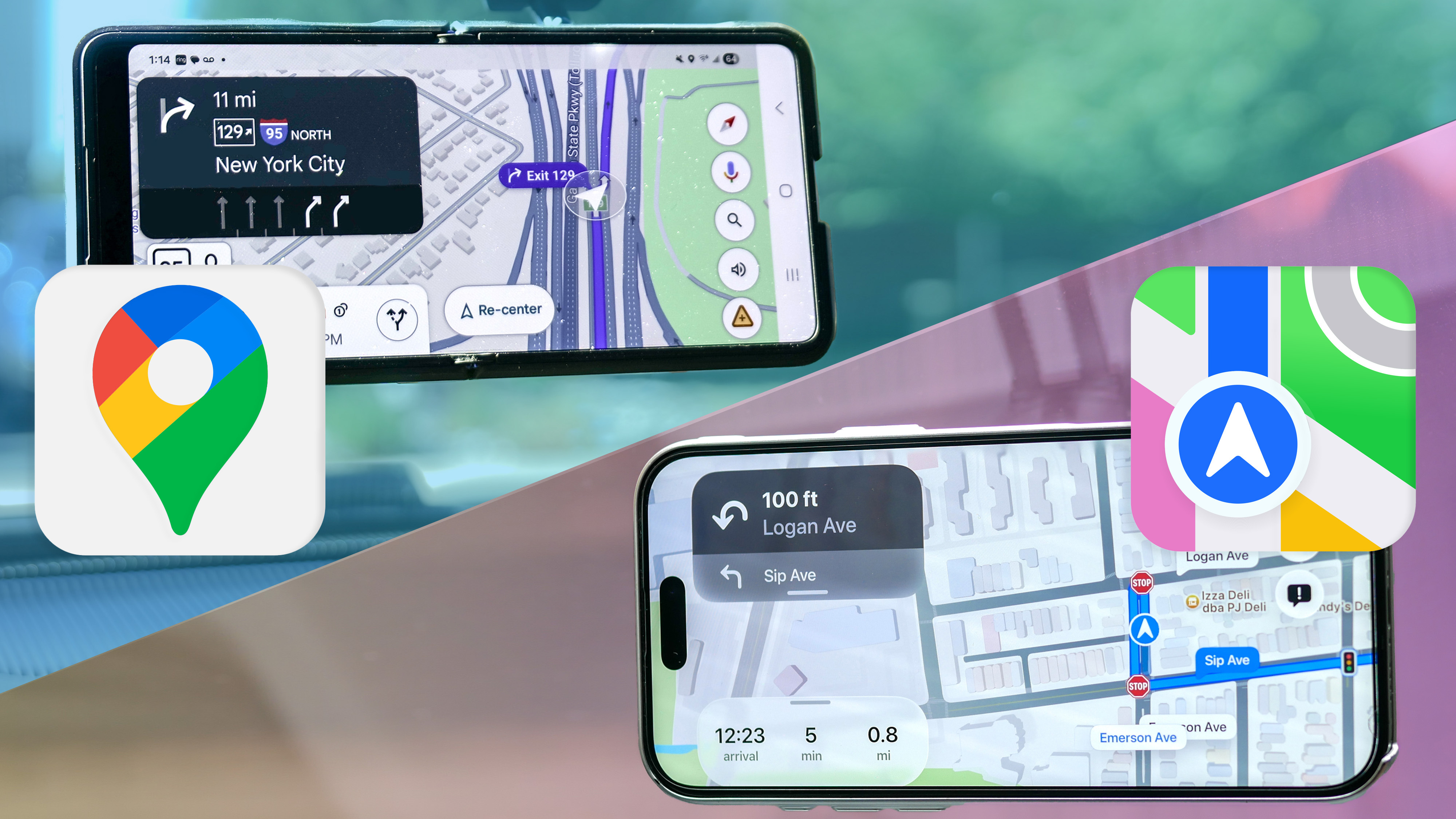Fitbit Charge 5 vs. Fitbit Charge 4: Which fitness tracker should you buy?
The biggest differences between the Fitbit Charge 5 and Fitbit Charge 4
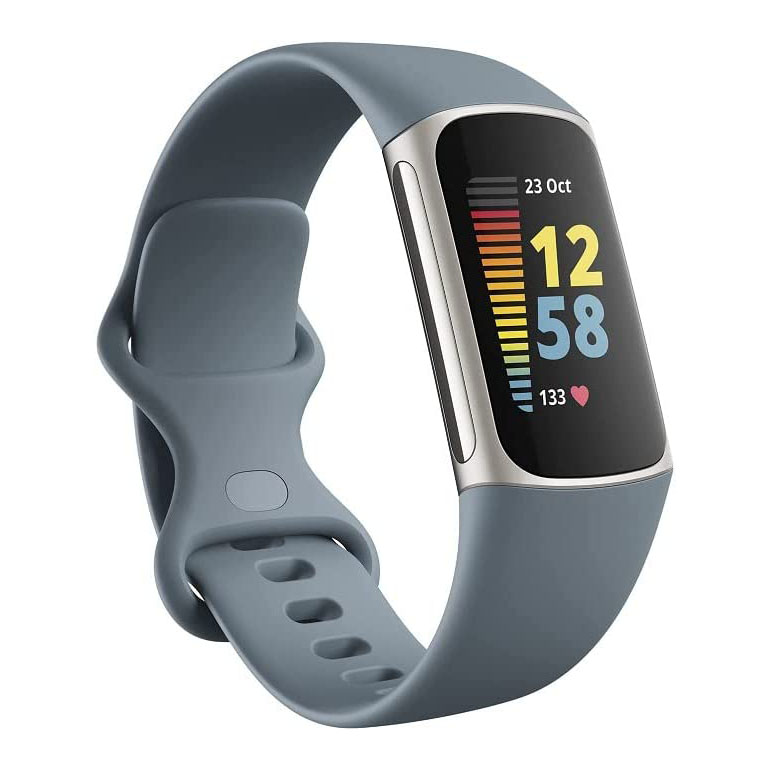
The Fitbit Charge 5 is the newer fitness tracker, which has the addition of a bright, beautiful AMOLED screen. It also has an electrodermal activity sensor (EDA), an electrocardiogram sensor (ECG), and a new metric called "Daily Readiness Score", which helps wearers to work out more intuitively.
Pros
- Bright, always-on display
- Fast connecting GPS
- Addition of an ECG monitor
Cons
- Lack of buttons not for everyone
- No on-board music
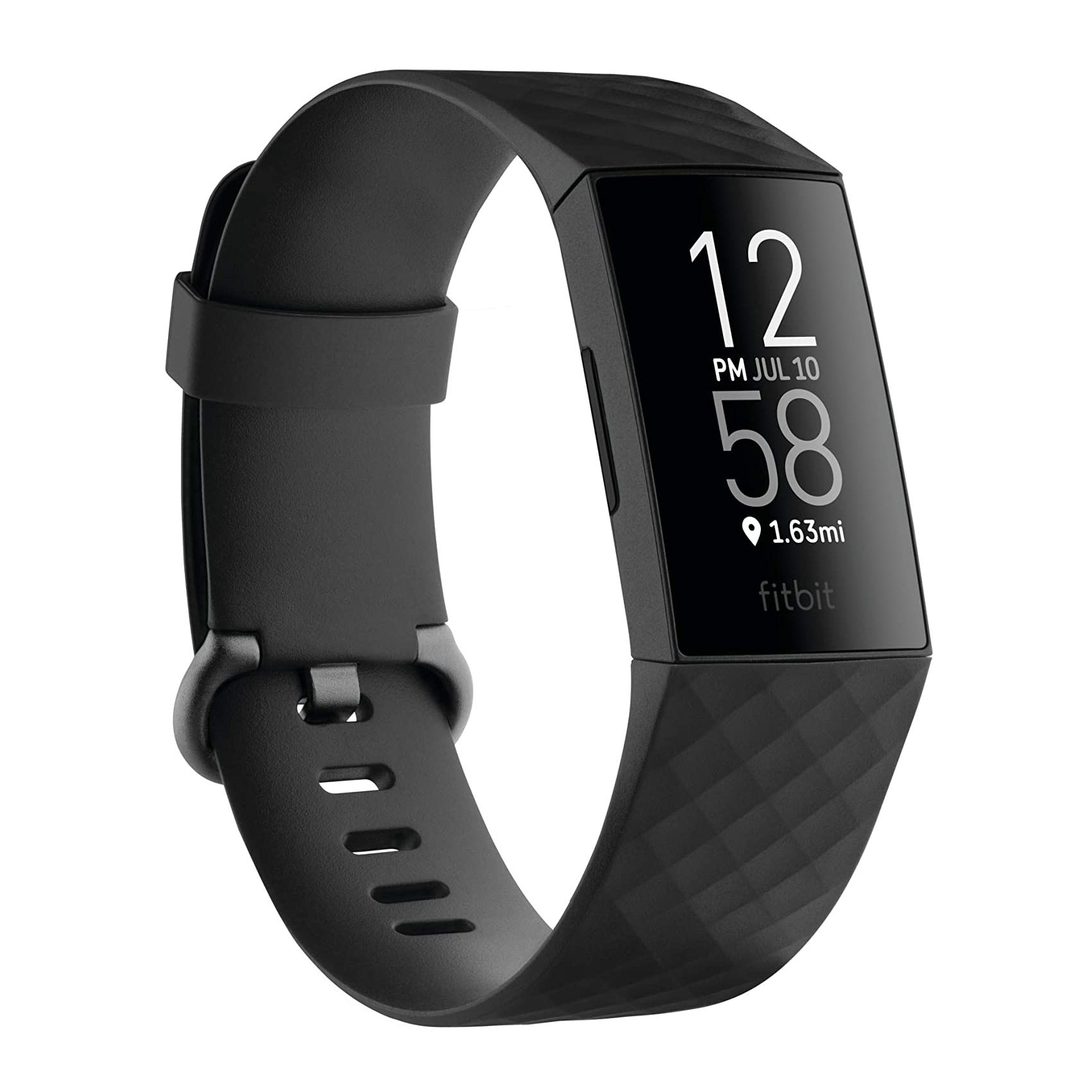
The Fitbit Charge 4 was the first Fitbit Charge to get built-in GPS, making it more accurate when tracking outdoor runs and bike rides. It looks a little dated now, but still has a 7-day battery life, as well as a Heart rate and SpO2 tracker. It's also very affordable since the release of the Charge 5.
Pros
- Accurate GPS
- Affordable
- 7-day battery life
Cons
- No on-board music storage
- Looks a little dated
Wondering what’s new between the Fitbit Charge 5 vs. Fitbit Charge 4? Considered two of the best fitness trackers currently available, these activity bands are popular choices for novice step-counters and exercise enthusiasts alike.
Released about a year and a half apart, the Fitbit Charge 5 and Fitbit Charge 4 serve a similar purpose in the brand’s device lineup. The Charge is the best Fitbit that’s not a smartwatch, and with each generation, the company tacks on a slew of improvements.
The Fitbit Charge 4 introduced on-board GPS and Activity Zone minutes, while the Fitbit Charge 5 ushered in a redesign, an ECG reader, and more. Again these features are in Fitbit’s premium smartwatches, like the Fitbit Sense 2, but are rather advanced for a fitness tracker.
So if you’re asking yourself if you need to upgrade to the Charge 5, or which is the better value for a first-time buy, this Fitbit Charge 5 vs. Fitbit Charge 4 face-off can help. Here are the biggest differences to consider.
Fitbit Charge 5 vs. Fitbit Charge 4: Specs
| Header Cell - Column 0 | Fitbit Charge 5 | Fitbit Charge 4 |
|---|---|---|
| Starting price | $179 | $149 |
| Size | 1.45 x 0.9 x 0.44 inches | 1.43 x 0.69 x 0.4 inches |
| Weight | 1.02 ounces | 0.92 ounces |
| Display | Color AMOLED touchscreen | Grayscale OLED touchscreen |
| Sensors | Heart rate, ECG, SpO2, EDA, GPS | Heart rate, SpO2, GPS |
| Battery life | 7 days | 7 days |
Fitbit Charge 5 vs. Fitbit Charge 4: Price
The Fitbit Charge 4 started at $149, which fell at the high end for fitness trackers. The best cheap fitness trackers are all under $100, for example. But with added features, Fitbit bumped up the price of the Charge 5 to $179.
That said, the best Fitbit deals have created a situation where the Charge 5 is actually more affordable than the Charge 4.
Fitbit Charge 5 vs. Fitbit Charge 4: Design
The Charge 4 looks almost identical to its predecessor, the Fitbit Charge 3. It has a sharp rectangular design with a grayscale OLED touchscreen, and silicone bands that strap around your wrist. A single touch-sensitive area on the left side of the Charge 4 acts as a Back button. It comes in black and a maroon-colored plastic case, too.
Get instant access to breaking news, the hottest reviews, great deals and helpful tips.
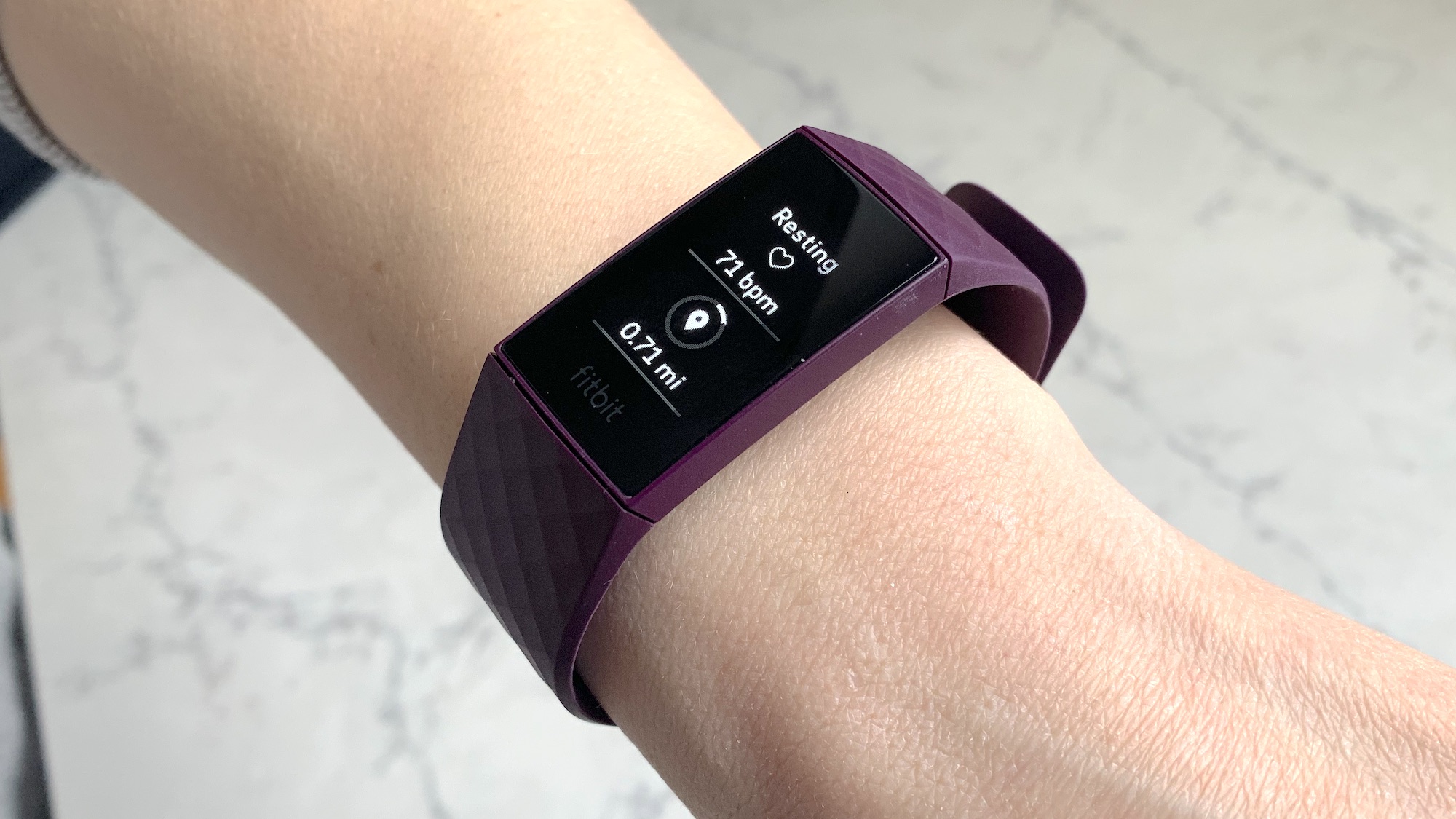
You’ll notice several aesthetic changes to the Charge 5. For one, it has a stainless steel case that comes in black, silver and gold. The metallic accents are more elevated, making this fitness tracker something you’ll actually want to wear outside of the gym. The curvier face also adds a fashionable touch.
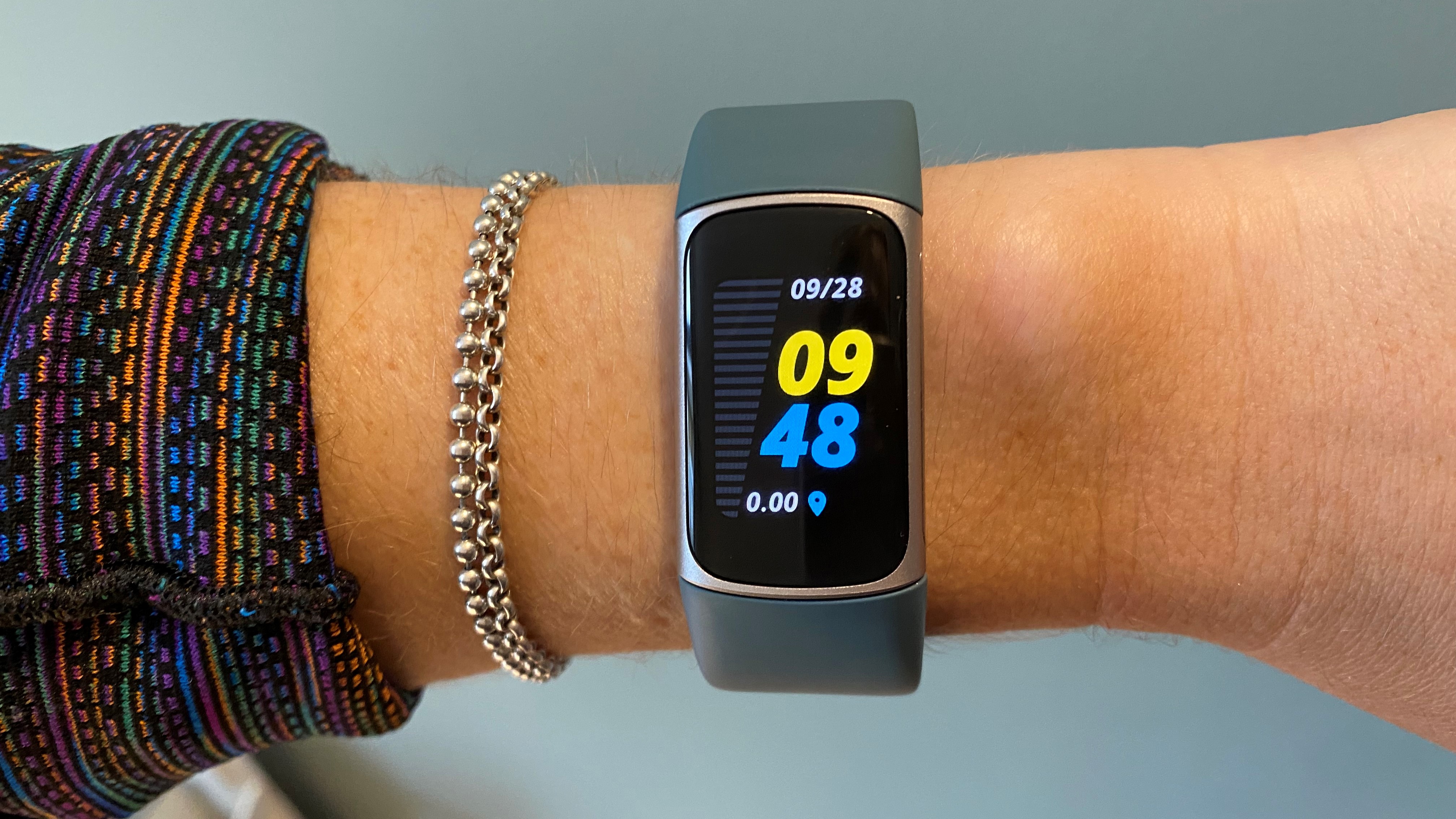
In addition to a redesigned body, the Charge 5 has a color AMOLED touchscreen, which is two times brighter than the Fitbit Charge 4’s screen and offers an always-on option. It’s easy to see, even in direct sunlight. Color animations and notifications make Charge 5 feel more like a semi-smartwatch than a regular ‘ole fitness tracker, though there are plenty of low-cost activity bands that also offer a color display.
Fitbit Charge 5 vs. Fitbit Charge 4: Features
Both the Fitbit Charge 5 and Charge 4 are robust fitness trackers. You can use them to count your steps, track your heart rate throughout the day and review your sleep overnight. When you’re working out, they monitor your time elapsed and your distance traveled via GPS, when applicable. Though neither screen is large enough to see all the advanced metrics serious runners might want, check out the best running watches or best GPS watches for alternative options.
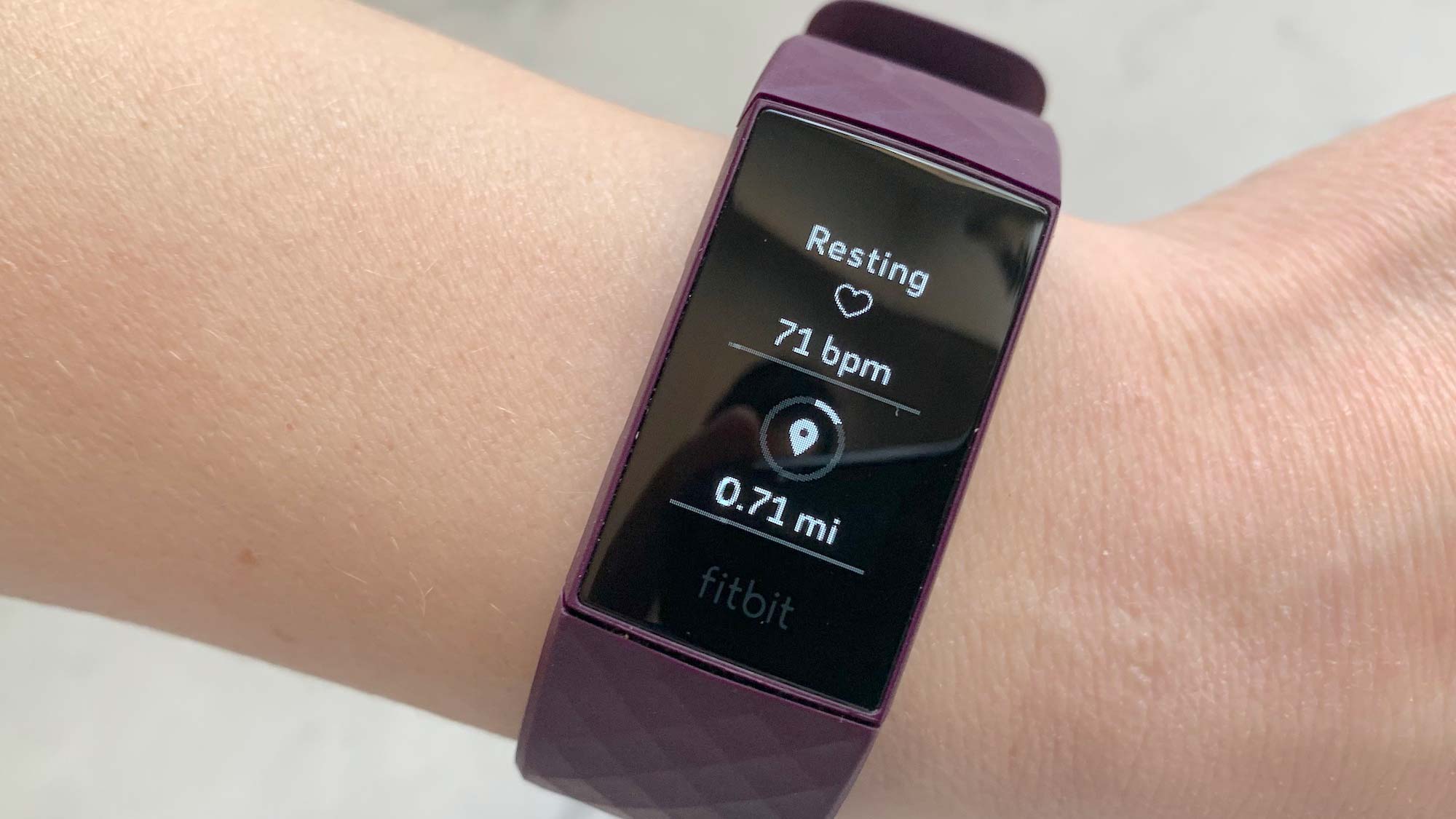
The Fitbit Charge 5 is more advanced than the Charge 4 with an electrodermal activity (EDA) sensor for detecting stress and an ECG sensor that can detect signs of atrial fibrillation. The ECG feature isn’t available at this time, though. Neither is the Daily Readiness score feature Fitbit announced alongside the Fitbit Charge 5. When it’s live, it’ll pull three different metrics — your fitness fatigue (activity), your heart rate variability (HRV), and your recent sleep — to tell you how ready your body is for exercise. This tool could be one of the major factor when deciding whether Apple Watch vs. Fitbit is right for you.
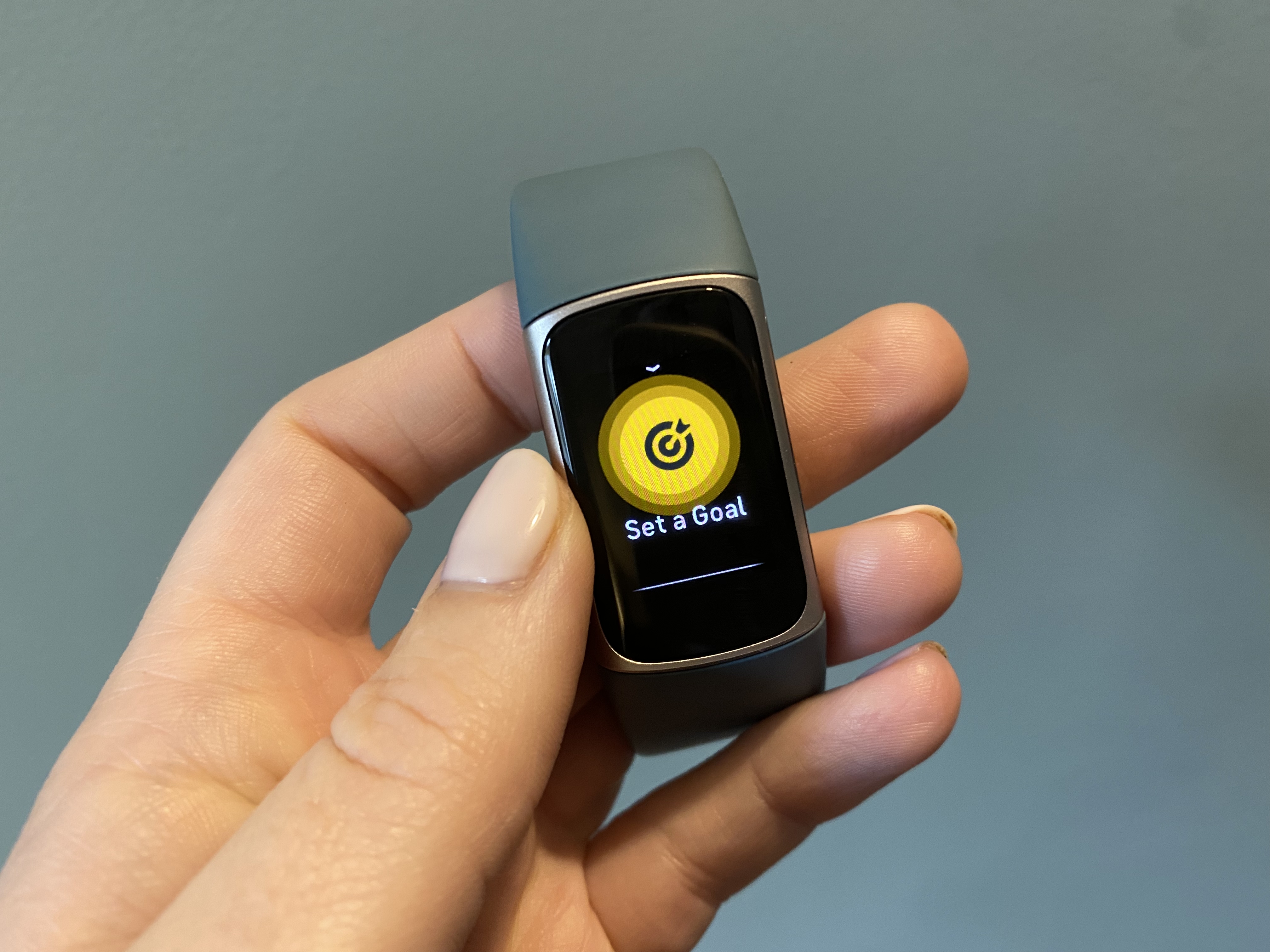
Fitbit took some features off the Fitbit Charge 5, too. It doesn’t support Spotify music controls anymore and there’s no weather app. All guided breathing and relaxation sessions take place Fitbit app, while you’ll need a Fitbit Premium membership to access most of the mindfulness tools. Fitbit Premium also has more robust metrics, nutrition facts and guided exercises. Good news, you can usually try it out for a few months free when you buy a new Fitbit device.
Fitbit Charge 5 vs. Fitbit Charge 4: Battery life
Though Fitbit estimates both the Charge 5 and Charge 4 have seven days of battery life, your experience will differ based on how you use your fitness tracker. If you decide to have GPS, heart rate monitoring and the always-on display turned on all the time, you can probably expect to charge your tracker every couple of days.
Fitbit Charge 5 vs. Fitbit Charge 4: Which should you buy?
Now that you know the key differences between the Fitbit Charge 5 vs. Fitbit Charge 4, the model you decide to buy depends on what you’re looking for out of a fitness tracker. If you’re new to fitness tracking, and don’t need ECG or a color display, the Fitbit Charge 4 is a steal for the price, as long as it's under $100 and less than the Charge 5. But keep in mind that deals we're seeing make the Charge 5 more affordable.
When the Fitbit Charge 5 gets all its features, it might be more worthwhile than the Charge 4. Not to mention, once a Fitbit model starts going on sale, you will typically find it for less from then on out.

Kate Kozuch is the managing editor of social and video at Tom’s Guide. She writes about smartwatches, TVs, audio devices, and some cooking appliances, too. Kate appears on Fox News to talk tech trends and runs the Tom's Guide TikTok account, which you should be following if you don't already. When she’s not filming tech videos, you can find her taking up a new sport, mastering the NYT Crossword or channeling her inner celebrity chef.
